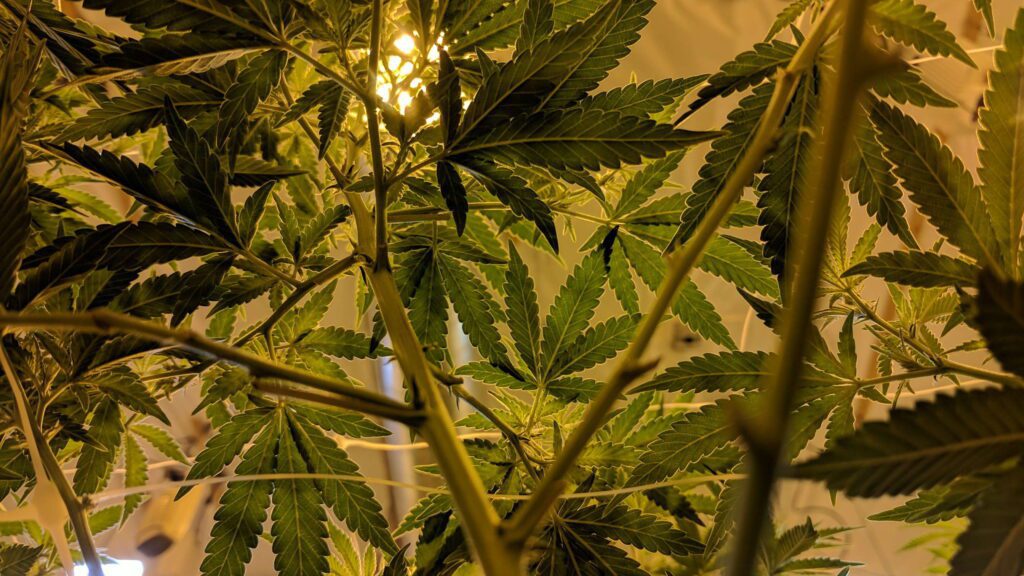
The Ancient Roots
Marijuana’s history can be traced back thousands of years, with evidence suggesting its use in ancient civilizations. Archaeological findings indicate that cannabis was utilized for various purposes in regions such as China, India, and the Middle East. In ancient China, for example, marijuana was employed for medicinal and ritualistic purposes, with references dating back to 5000 BCE.
Cannabis in Ancient Cultures
The use of cannabis extends to ancient Indian cultures, where it found a place in religious ceremonies and Ayurvedic medicine. Cannabis is mentioned in sacred texts such as the Atharvaveda, reflecting its significance in spiritual and healing practices. Similarly, ancient Egyptians are believed to have used marijuana for medicinal and religious purposes.
Spread and Adoption
As trade routes expanded and cultures intermingled, marijuana’s use spread across different regions. By the medieval period, cannabis had reached Africa, Europe, and the Americas. Its versatility led to its integration into various societies, with applications ranging from textiles and paper to medicinal remedies.

Marijuana in the Americas
In pre-Columbian America, certain indigenous cultures cultivated and used marijuana for medicinal and ceremonial purposes. The plant played a role in various Native American traditions, reflecting its spiritual and healing significance. However, the arrival of European colonizers brought shifts in attitudes and policies towards cannabis.
Marijuana's Evolution in the Modern Era
The 19th and 20th centuries witnessed significant changes in the perception and regulation of marijuana. Initially, marijuana was widely used for medical purposes, with tinctures and extracts readily available. However, the early 20th century saw a shift in public opinion, influenced by factors such as anti-immigrant sentiments and the emerging temperance movement.
Prohibition and the War on Drugs
The 1930s marked a turning point with the criminalization of marijuana in various countries. In the United States, the Marihuana Tax Act of 1937 effectively prohibited marijuana use, setting the stage for decades of stringent anti-cannabis policies. The mid-20th century saw the global escalation of the War on Drugs, further criminalizing marijuana cultivation, distribution, and use.

Changing Perspectives and Legalization
The latter half of the 20th century and the 21st century witnessed a gradual shift in public opinion towards marijuana. Advocacy for medicinal and recreational legalization gained momentum, leading to landmark changes in policies. As of [current year], numerous countries and states have decriminalized or legalized marijuana for medical and/or recreational use.
Conclusion
The history of marijuana is a complex and dynamic narrative, woven into the cultural, medicinal, and economic fabric of societies throughout history. From ancient rituals to contemporary debates on legalization, marijuana’s journey reflects the ever-evolving relationship between humans and this enigmatic plant. As the landscape continues to shift, understanding its historical context provides valuable insights into the ongoing dialogue surrounding marijuana’s role in our world.
